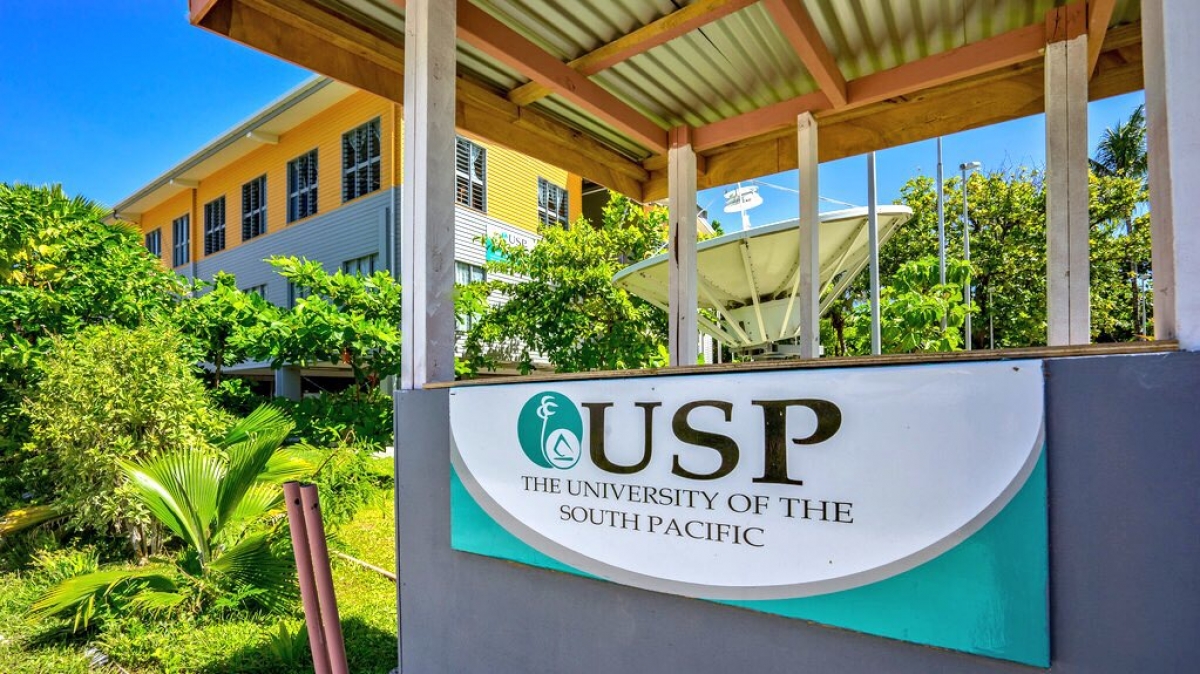The University of the South Pacific (USP) has recently contributed to a Nature Energy research publication, ‘A research and innovation agenda for energy resilience in Pacific Island Countries and Territories (PICTs),’ highlighting USP’s active role in contributing to research elevating issues and needs of the Pacific region.
Nature Energy is a highly acclaimed journal publishing studies exploring the development of next-generation technologies and solutions.

The paper was co-authored by researchers including USP’s Associate Professor of Physics and Engineering, Dr Atul Raturi and Dr Long Seng To (Loughborough University), University of New South Wales (UNSW) academics, Dr Anna Bruce, Dr Paul Munro, Dr Iain Macgill with doctoral students, Manu Rawali and Edoardo Santagata.
The research originates in a collaborative USP-UNSW project funded by UNSW’s Institute for Global Development and the Australian Renewable Energy Agency in 2018 to carry out research capturing the energy priorities and resiliency of Pacific Island Countries and Territories (PICTs).
Published during the COP 26, the paper draws global attention to the challenges faced by the PICTs. It presents a perspective from people who are directly involved in the regional energy sector and is based on extensive consultation with regional stakeholders.
The paper asserts that innovation in energy planning and financing, decentralised systems and community responses to energy challenges are crucial in developing energy resiliency.
The paper also highlighted the Pacific concept of talanoa being an excellent example of involving community groups in an inclusive and participatory way for developing projects ensuring future sustainability and ownership
The research findings were based on information that PICTs face multiple short-term shocks and long-term stresses on their energy systems.

Short-term shocks include cyclones, associated storm surges, and geological disturbances causing both earthquakes and tsunamis. Long-term stresses include sea-level rise and coastal flooding. Most of these risks are increasing in severity due to global climate change. Their impacts are exacerbated by the economic isolation triggered by recent COVID19 disruptions to supply chains and travel.
PICTs dominate the World Risk Index’s list of most-at-risk countries—with four of the top eight countries with the ‘highest disaster risk’ being located in the region: Vanuatu (1st), Tonga (2nd), Solomon Islands (5th) and Papua New Guinea (8th).
According to Dr Raturi, the needs and aspirations of individual PICT are different, and innovative ideas are needed to support the ambitious clean energy targets countries have set for themselves.
“Larger Melanesian countries have abundant renewable energy resources but a deficient electricity access while smaller atoll countries are almost fully electrified albeit mostly with fossil fuel-based generation,” he said
Three countries; Fiji, the Republic of the Marshall Islands (RMI) and now Tonga, have submitted their Low Emission Development Strategies to UNFCCC where the highest ambition is to reach net-zero by 2050.
This would require electrifying most energy-related processes and activities from transport to industry using renewable energy resources.
This will exert massive pressure on the utilities, which will have to change their business and technical models significantly. Smart grids with storage systems will need to be deployed. Innovative island-specific renewable energy technologies coupled with suitable financing mechanisms and human capacity will be imperative.
Dr Raturi
Dr Raturi went on to say that the role of Sustainable Development Goal 7 – “Affordable and Clean Energy” in achieving many other goals is well documented.
He added that USP was proud to have carried out several community projects where solar energy was used in providing clean water and refrigeration services.
USP as a Council of Regional Organisations of the Pacific agency and regional higher education provider has the mandate and responsibility to conduct relevant research and produce innovative ideas to help build an energy secure and resilient Pacific region.
In Dr Raturi’s opinion, “finance for regional capacity development and applied research should be part of all climate change and sustainable development-related support for the PICTs”.
The publication can be accessed here.

